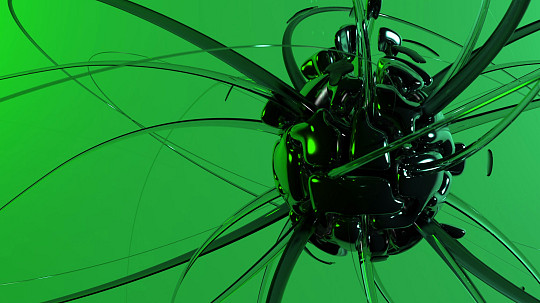The School operates the premier facility in Australia for accelerator-based research in physics of the nucleus. These facilities are centred on the 14UD electrostatic heavy-ion accelerator and a new modular superconducting linear accelerator booster. The accelerators feed a variety of experiments and instrumentation, enabling the study of:

You could be doing your own research into the physics of the nucleus. Below are some examples of student physics research projects available in our school.
Dr Kaitlin Cook, Dr Jacob Buete, Professor Mahananda Dasgupta, Emeritus Professor David Hinde
Dr Lindsey Bignell, Dr Robert Renz Marcelo Gregorio, Miss Victoria Bashu, Professor Gregory Lane
Please browse our full list of available physics research projects to find a student research project that interests you.